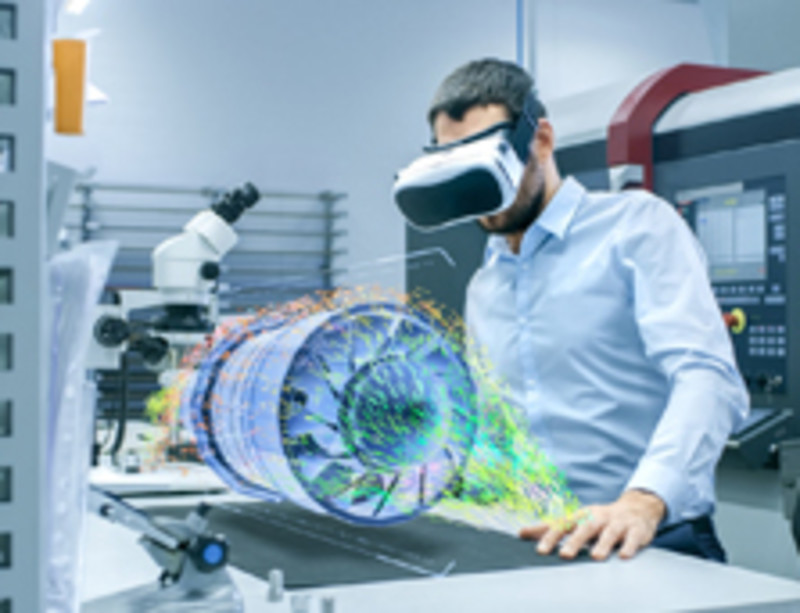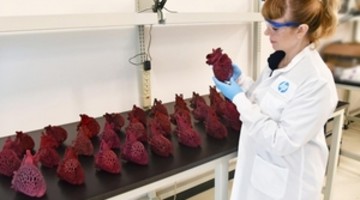As manufacturers continue to recognize the applications and financial impact of transformative technologies, these same technologies are evolving our STEM classrooms and the way we train our workforce.
As manufacturers continue to recognize the applications and financial impact of transformative technologies, these same technologies are evolving our STEM classrooms and the way we train our workforce. Public and private skills development is occurring at a fraction of the cost but with reduced exposure to hazardous situations and without the lost productivity that accompanies on-the-job training. Tech’s migration from industry to education is not new, but the opportunities being unlocked are game changers.
With augmented reality (AR), students can learn CNC operations or programming without setting foot in a machine shop. Rather, AR brings the machine shop to the student whether she is at school, work, or grandmother’s house (and without the risk of leaving chips on Granny’s rug). On the other hand, virtual reality (VR) creates a digital twin, or environmental replica, to provide a safe setting for the trial and error runs that are inseparable from the education process. Trainees can work through the entire product lifecycle in an authentic manufacturing setting—from installation to maintenance to machine swap out—without taking a single machine offline or requiring the constant supervision of a seasoned technician.
Hands-on AR and VR exhibits were highlights at the 2018 Smartforce Student Summit, and the 2020 Summit will expand these areas to illuminate and inform students of the exciting technologies that are changing the industry at an increasing rate: additive and hybrid manufacturing, robotics, cloud computing, 5-axis machining, and more.






